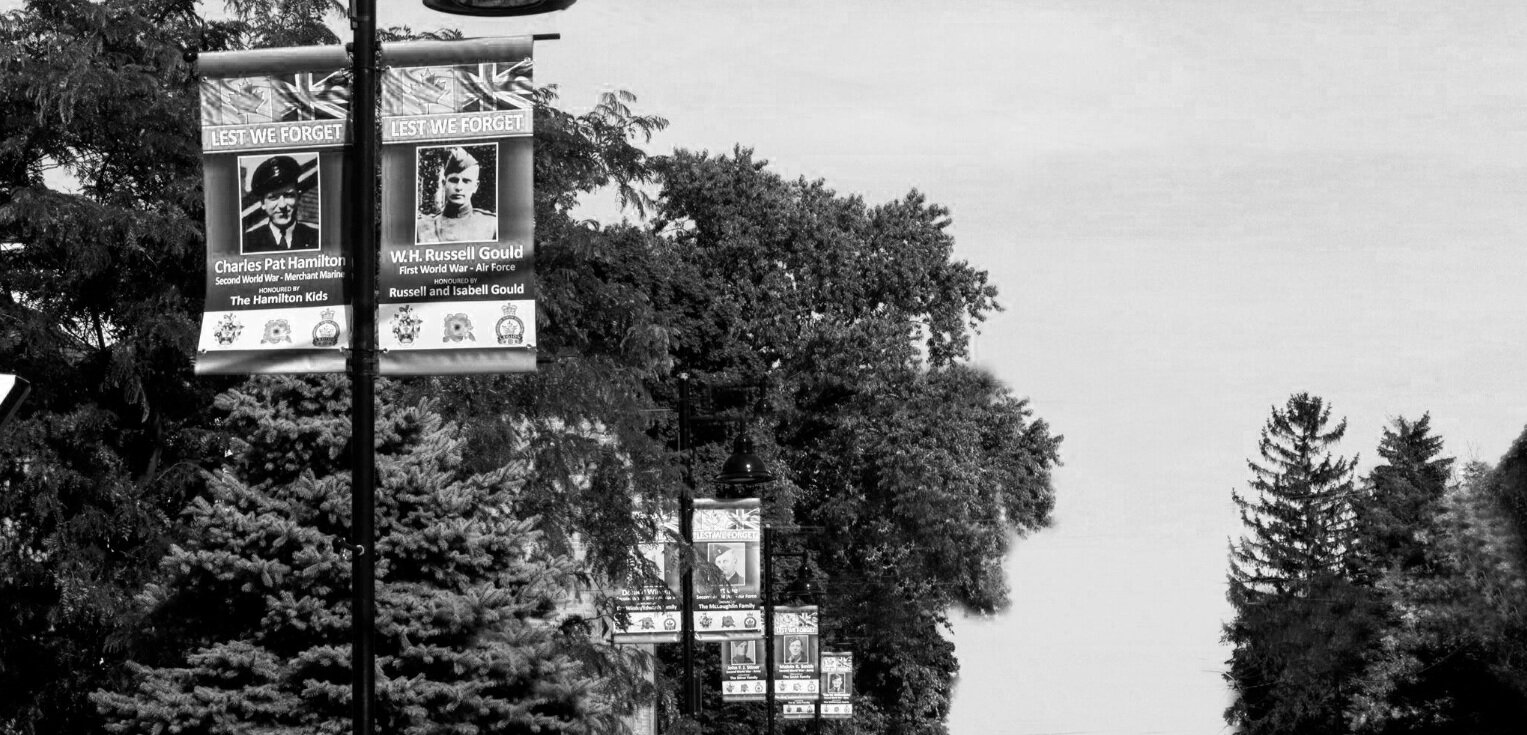
Gordon Bellerby, Flight Lieutenant, DFC
Gordon was born in Surrey, UK, on the “Glorious First of June” 1919, and was educated at Gresham’s School. He was studying law at Sidney Sussex College, Cambridge when WW2 broke out. He enlisted in the RAF Jan. 19, 1940, while still a student, and fast-tracked his studies. As soon as he received his degree, he reported for basic training with No. 10 Initial Training Wing.
Soon after celebrating his 21st birthday, he was posted to British Flight Training School 2 in Lancaster, California (the US was still a neutral power supporting the allies). He trained as a fighter pilot at the Polaris Flight Academy, at Muroc Air Force Base, now known as Edwards AFB (where Chuck Yeager broke the sound barrier and early NASA Space Shuttles landed). On their days off, the pilot candidates visited movie stars in nearby Hollywood. Gordon earned his wings Dec. 6, 1941, the day before the Japanese attack on Pearl Harbour.
Once back in the UK he took additional training in fighter tactics and was posted to 94 Squadron, flying convoy patrol sorties over the eastern Mediterranean from bases in Egypt and Libya, usually in Hurricane IIC aircraft, until August 1943. He was then transferred to 71 OTU in Ismailia, training Allied pilots from eastern Europe. His personal notes in his flight logbook entry, Dec. 14, 1943, state “a comic effort [in formation flying] with 1 Greek, 1 Jugoslav, 1 Turk and 2 Egyptians”.
Feeling that he could do more for the war effort back on the front lines, Gordon took some advice from his brother Denys (who was working in Intelligence), signing up for a second tour of duty as a Photo Reconnaissance pilot. After a training course in early 1944 (“a Spitfire, at last”), he was posted to 608, 682 and 16 PRU Squadrons, flying unarmed Spitfire XI’s deep into enemy territory for the duration of the war.
Gordon contracted hepatitis in November 1944. While he awaited evacuation by air ambulance to Britain, General George Patton visited his hospital ward, where there were many US servicemen. Gen. Patton was about to pin a Purple Heart on Gordon’s chest when one of the US nurses said, “He’s a limey, sir.” The general paused, said “Sorry son,” and moved on to the next patient.
Gordon was awarded the DFC in 1945 and received a letter of congratulations from King George VI. Gordon was also commended by the US Seventh Army for his outstanding performance, assisting their efforts. “Your work has been a direct intelligence contribution of great importance the Seventh Army.”
After the war, Gordon entered the coal business, emigrating to Canada in 1947. He married Diana Kindersley in 1951, raised 3 children, and enjoyed summers at the family cottage in Haliburton. His hobbies included golf, gardening, bird watching, travel, skiing, entertaining, and enjoying good wine and craft beers. After a life well-lived, Gordon died in 2006 aged 85.

